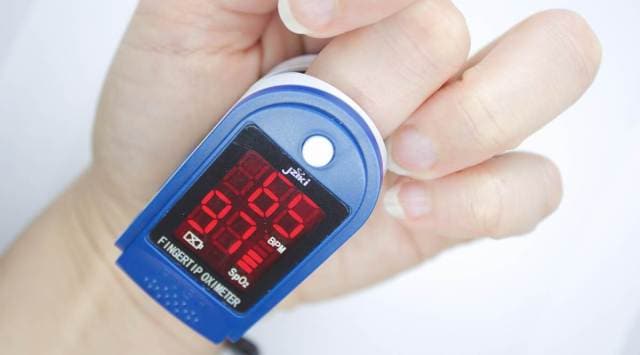- India
- International
Covid preparedness at home: Four basic things you need to know
In this pandemic, every fever is Covid, unless proven otherwise, says a doctor
 Here's what the revised guidelines say (Photo: Pixabay)
Here's what the revised guidelines say (Photo: Pixabay)In the second wave of the coronavirus infection, it is necessary to stay vigilant at all times. Since it is a transmissible infection, you are not only required to take care of yourself, but also your family members and neighbours by ensuring good hygiene and taking a few preparatory steps.
Dr Sandeep Gore, director, emergency medicine at Fortis Hospital, Mulund suggests some crucial things which can be done at home:
1. The first step of preparedness for every household is having an adequate quantity of masks available at home. These can be cloth masks or surgical masks. While venturing out, wear a double cloth mask or one cloth and one surgical mask to ensure maximum protection at public places.
2. Another important device that every household should have is a digital thermometer. One should check the temperature of all individuals at home daily, or check the temperature for those experiencing body ache, fever or fatigue. Any axillary temperature more than 99.3 is considered as fever. So, this patient needs immediate attention and further evaluation. In this pandemic, every fever is Covid, unless proven otherwise.
3. The third important device is a pulse oximeter. It is essentially needed in patients who are home-quarantined or taking treatment at home. If pulse oximeter reading goes below 93 per cent, then one must visit a Covid care center or a hospital. Those availing treatment at home should meticulously monitor body temperature and oxygen saturation using a pulse oximeter and inform their physician at intervals of 6 hours.

4. A six-minute walk test for patients who are getting treated at home and whose oxygen levels are normal at room air and during resting is recommended. It is also recommended the patient walks in the room for 6 minutes at a normal pace and rechecks the oxygen levels. If oxygen levels drop after the walk, then it’s a sign of early hypoxia and this patient should look for beds in the hospital, or get an oxygen concentrator at home with the advice of their doctor. This test diagnoses early hypoxia and also gives the patient some time to look for more medical aid.
For more lifestyle news, follow us: Twitter: lifestyle_ie | Facebook: IE Lifestyle | Instagram: ie_lifestyle
Apr 27: Latest News
- 01
- 02
- 03
- 04
- 05



























